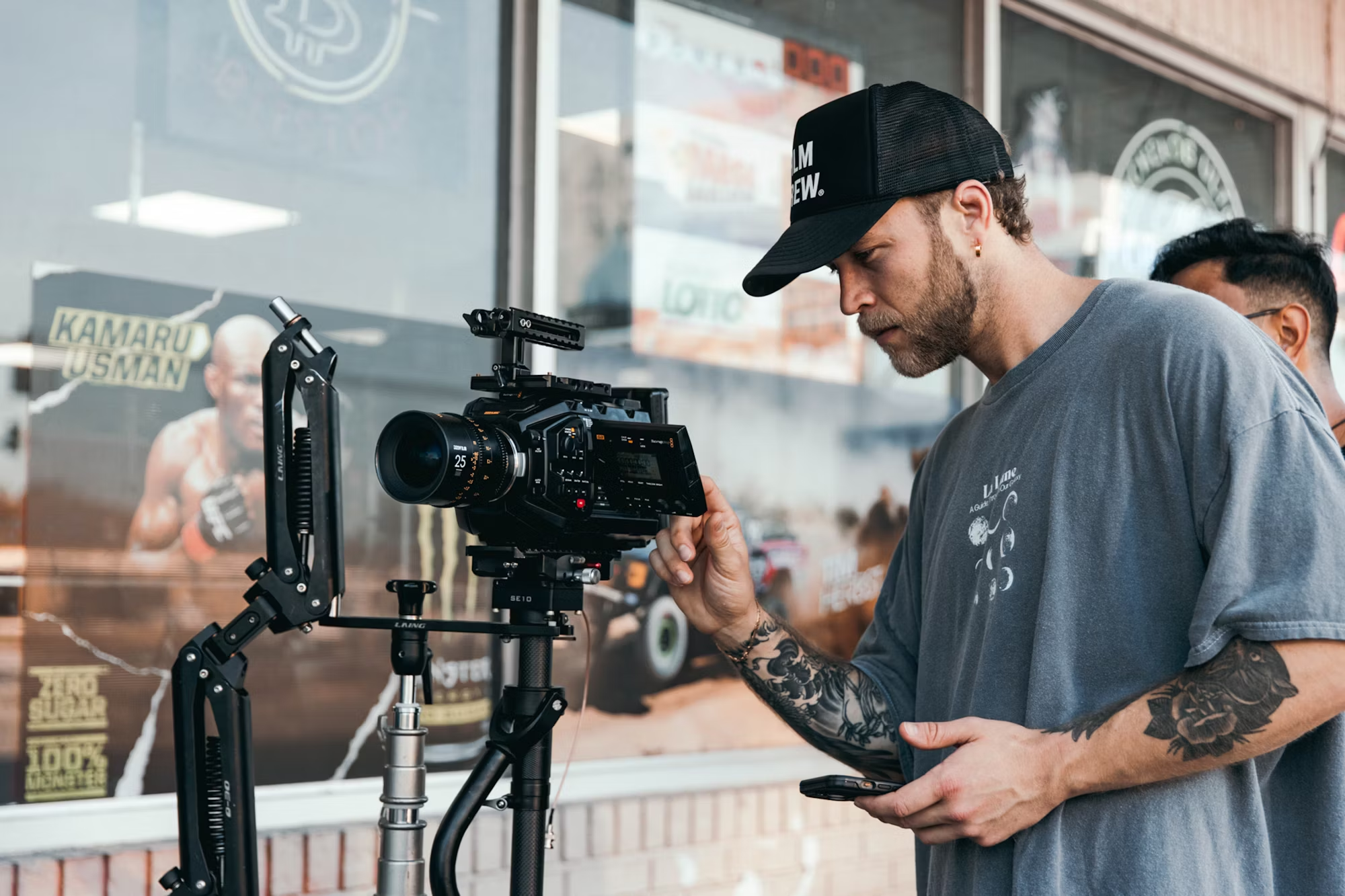Documentary filmmaking is a unique and compelling form of storytelling that seeks to capture reality through a lens of creativity and insight. Unlike fictional films, documentaries aim to present factual information, shedding light on real-world issues, events, and individuals. This genre has evolved significantly over the years, transforming from simple observational films to complex narratives that engage audiences and provoke thought. In this article, we explore the techniques, significance, and impact of documentary filmmaking, highlighting its role in shaping our understanding of the world.
The roots of documentary filmmaking can be traced back to the early 20th century. Pioneers like Robert Flaherty and John Grierson laid the groundwork for the genre, emphasizing the importance of truth and authenticity in storytelling. Flaherty’s landmark film “Nanook of the North” (1922) introduced audiences to the life of an Inuk man in Canada, blending documentary and narrative techniques to create a compelling portrait of a culture. Grierson, on the other hand, defined documentary as the “creative treatment of actuality,” emphasizing the need for artistic expression within factual storytelling. This philosophy laid the foundation for future documentary filmmakers to explore and innovate within the genre.
As documentary filmmaking evolved, so did the techniques used to convey stories. Traditional observational styles gave way to more dynamic approaches that included interviews, archival footage, and creative cinematography. The use of interviews allows filmmakers to present diverse perspectives, providing audiences with a deeper understanding of the subject matter. Filmmakers like Errol Morris and Frederick Wiseman are renowned for their ability to draw out candid and impactful stories from their subjects, creating an intimate connection between the viewer and the film’s protagonists.
Another significant technique in documentary filmmaking is the use of narrative structure. While documentaries are often grounded in reality, many filmmakers employ storytelling techniques typically found in fiction to enhance the emotional impact of their narratives. Films like “Won’t You Be My Neighbor?” and “20 Feet from Stardom” utilize character arcs, conflict, and resolution to engage audiences on a personal level. By weaving factual information with compelling storytelling, filmmakers can inspire empathy and provoke thought, encouraging viewers to consider the broader implications of the stories being told.
Moreover, the role of cinematography in documentary filmmaking cannot be overstated. Visual storytelling is crucial in capturing the essence of the subject matter. Cinematographers use techniques such as lighting, framing, and camera movement to evoke specific emotions and convey messages. For example, the use of handheld cameras can create a sense of immediacy and intimacy, drawing viewers into the experience of the subjects. Conversely, sweeping drone shots can provide context and scale, highlighting the grandeur or desolation of a setting. These visual choices are integral to shaping the audience’s experience and enhancing the film’s overall impact.
The significance of documentary filmmaking extends beyond entertainment; it serves as a powerful tool for social change and awareness. Documentaries have the ability to shed light on pressing issues, from environmental concerns to social justice movements. Films like “An Inconvenient Truth” and “13th” have sparked conversations and influenced public opinion, demonstrating the potential of documentaries to drive action and awareness. By presenting facts in an engaging and accessible manner, filmmakers can inspire viewers to engage with critical issues and advocate for change.
In recent years, the rise of streaming platforms has transformed the landscape of documentary filmmaking. Services like Netflix and Hulu have expanded access to documentaries, providing a platform for diverse voices and stories. This democratization of content allows filmmakers to reach wider audiences and explore topics that may have been overlooked by traditional media. As a result, viewers can now access a rich array of documentaries that reflect the complexity of the human experience, from cultural explorations to personal narratives.
The rise of social media has also played a significant role in the evolution of documentary filmmaking. Platforms like Instagram and TikTok have introduced new formats and styles, allowing creators to share impactful stories in bite-sized content. This shift towards shorter, more digestible documentaries has engaged younger audiences, demonstrating that impactful storytelling can take many forms. As filmmakers adapt to changing consumption habits, the boundaries of documentary storytelling continue to expand, allowing for innovative approaches to storytelling.
Ethics in documentary filmmaking is a critical consideration as well. Filmmakers must navigate the fine line between artistic expression and responsible representation. Questions of consent, portrayal, and accuracy are paramount, as documentaries often delve into the lives of real individuals and communities. Ethical filmmaking requires sensitivity and respect for the subjects being portrayed, ensuring that their stories are told authentically and honorably. Documentarians like Laura Poitras and Rory Kennedy have emphasized the importance of ethical considerations, advocating for transparency and integrity in their work.
As we look toward the future of documentary filmmaking, the potential for innovation remains vast. The integration of new technologies, such as virtual reality and augmented reality, offers exciting opportunities for immersive storytelling. These technologies allow audiences to engage with documentaries in interactive ways, creating deeper connections to the subject matter. As filmmakers experiment with these tools, the boundaries of traditional documentary storytelling are likely to expand even further.
In conclusion, documentary filmmaking is a powerful and evolving art form that captures the essence of reality through creativity and insight. By employing various techniques, filmmakers can tell compelling stories that resonate with audiences and provoke thought. The significance of documentaries extends beyond entertainment, serving as a catalyst for social change and awareness. As technology continues to evolve and new voices emerge, the world of documentary filmmaking promises to remain vibrant and impactful, shaping our understanding of the world for generations to come.





